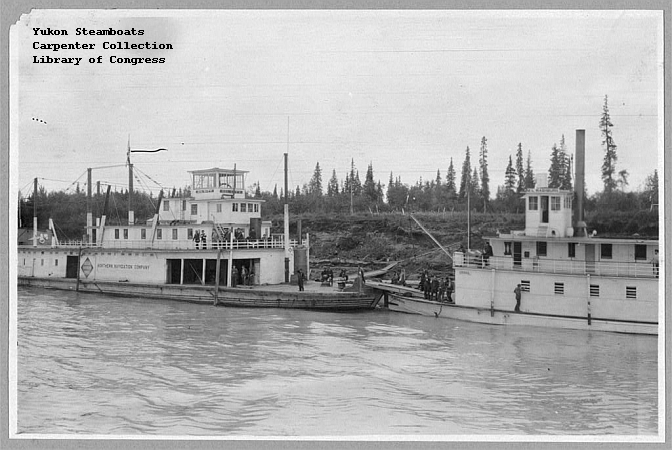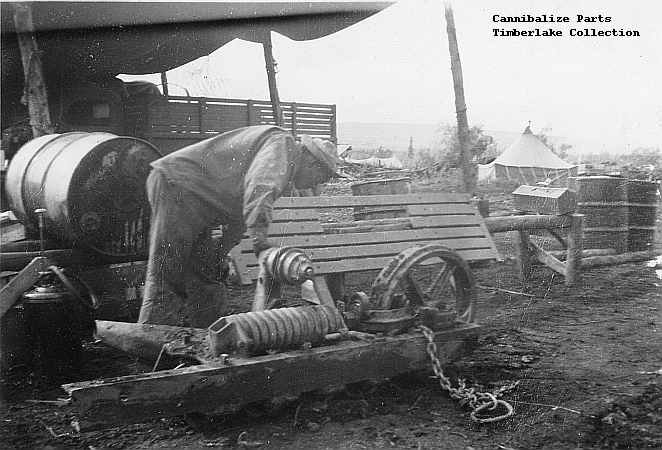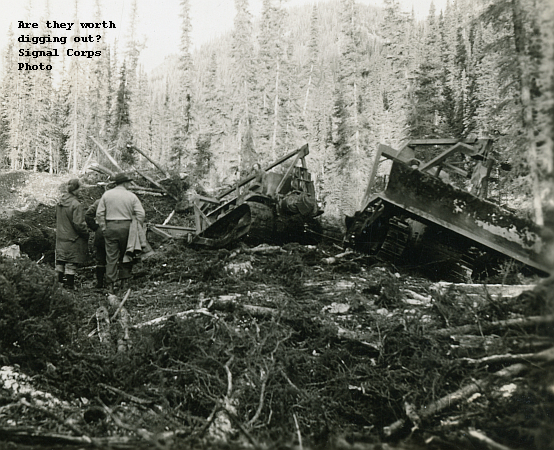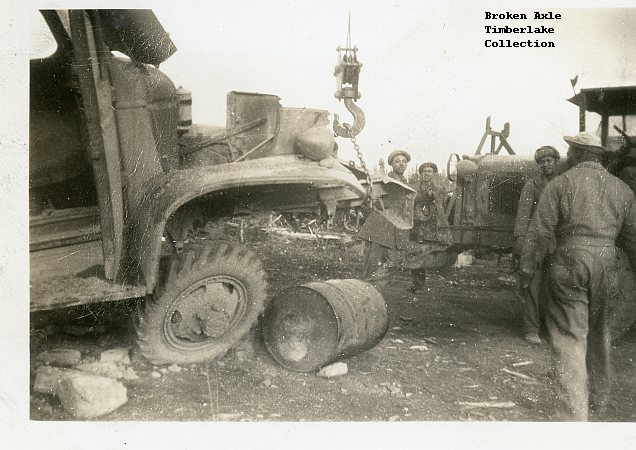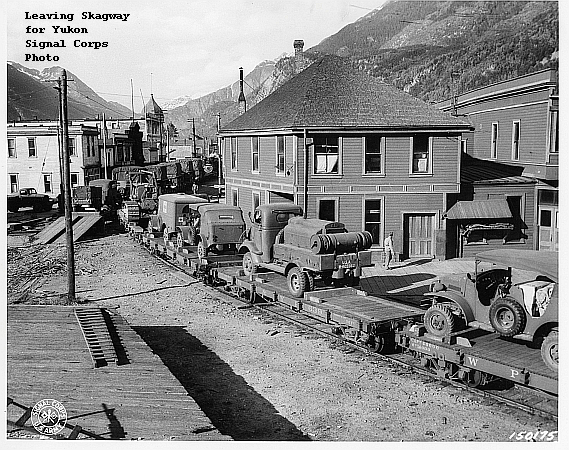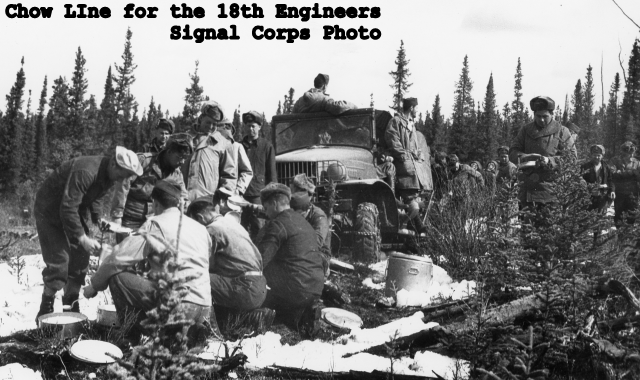
Rumble the ground and stir up the sea, every now and again, as if Alaskans didn’t have enough to contend with from mother nature, earthquakes do that under them. They are relatively used to it. During the last few years Chris and I have worked on Far North History, traveled to the region twice and made friends in Alaska—good friends. We see the stories on the news and all but lose it. For the most part they laugh at us.
Link to another story about the earthquake “Liquified Soil”
Like every other challenge that comes to them, they typically take the rumble of earthquakes in stride. They’ve been there before. Life goes on.

One time. One very memorable time, they did not take it in stride.
Mother nature has created a breathtaking part of the world, in the vast subarctic north, but she makes those who live there pay to experience it. She fights back with terrain, with climate. And sometimes the earth itself exacts the payment.

Under the Prince William Sound region of Alaska, the enormous Pacific Plate adjoins the equally enormous North American plate. Deep under the ocean, the Pacific Plate shoves into its northern neighbor with enormous force.
In the late afternoon on March 27, 1964—Good Friday– the Pacific Plate quite suddenly relieved the pressure by lurching northward, shoving under its neighbor. It moved for four and a half minutes and caused the most powerful earthquake ever recorded in North America; the second most powerful ever recorded, period.
And the earth didn’t stop exacting payment at the end of four and a half minutes. If you suddenly shake a pan of water, you make waves. Turns out an earthquake can do the same to the North Pacific Ocean. The tsunami that roared out of the oceans caused casualties and damage from the Kodiak Islands all the way down to Northern California. Whittier, Seward, Kodiak, Anchorage and, above all, Valdez suffered horrific damage.

Anchorage landslides wiped out city blocks—entire neighborhoods. Valdez literally disappeared. Alaskans rebuilt it in a different location nearby on more stable ground.
In Valdez children would gather at the dock when a ship came in. Sailors would toss fruit and treats… Unfortunately a ship was in on that Good Friday. The tsunami raised it then dropped it on top of the dock—and the children.




